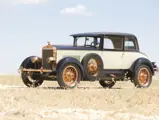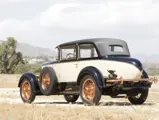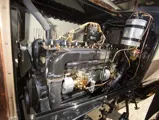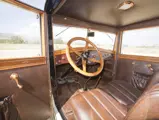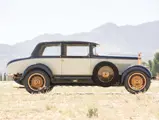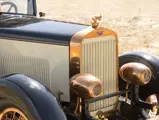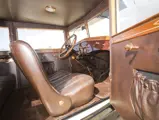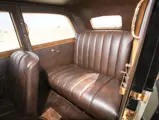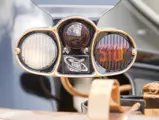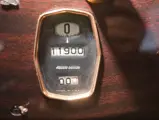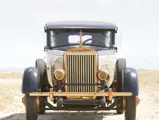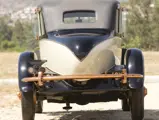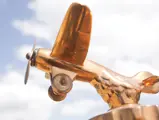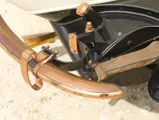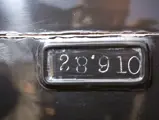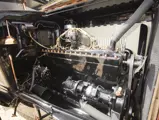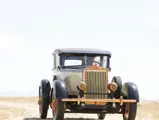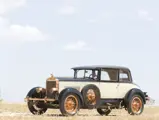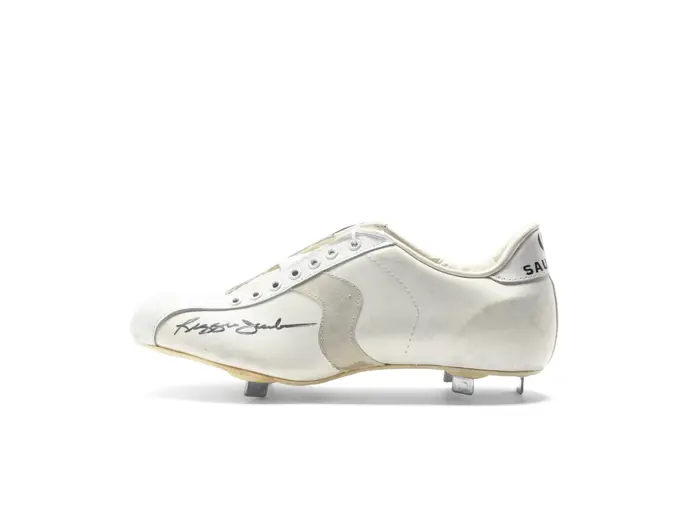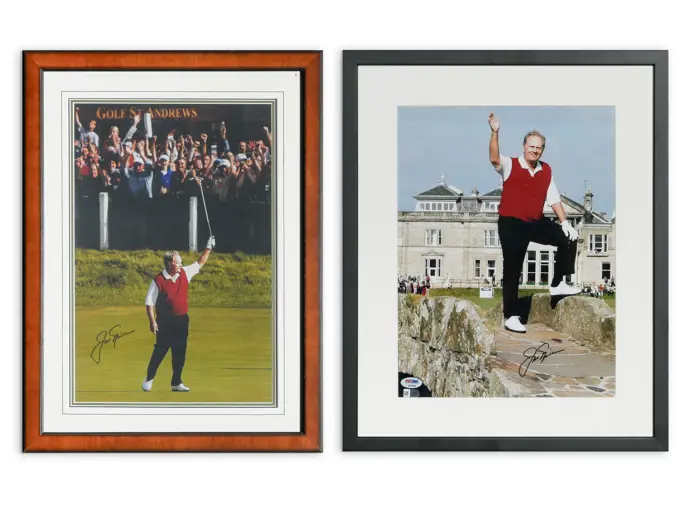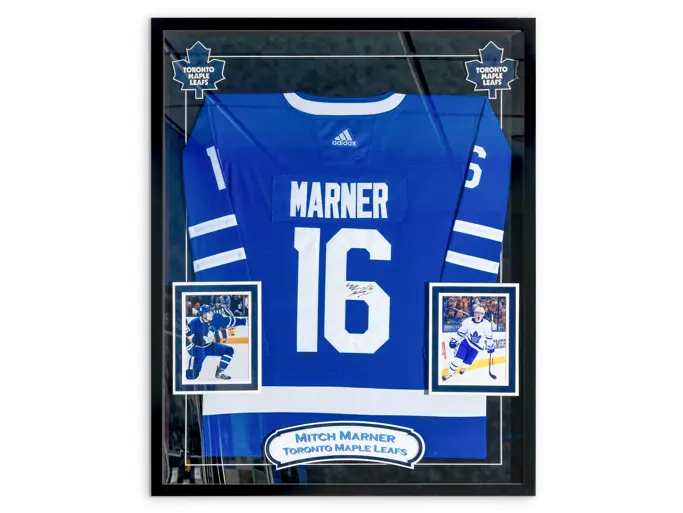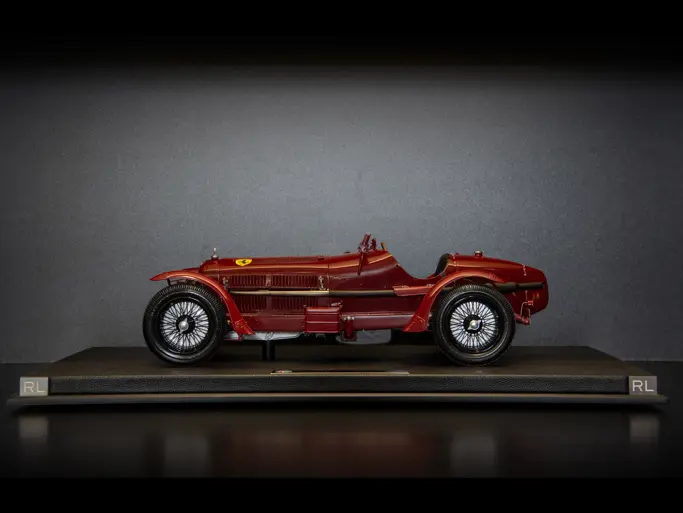Monterey 2014
1926 Rickenbacker Eight Super Sport
{{lr.item.text}}
$946,000 USD | Sold
 | Monterey, California
| Monterey, California
{{internetCurrentBid}}
{{internetTimeLeft}}

- Formerly of the Bob Pond Collection
- The 1926 New York Auto Show car
- Wonderful provenance; known history since new
- A unique CCCA Full Classic
- The only complete survivor
105 bhp, 315 cu. in. L-head inline eight-cylinder engine, three-speed manual transmission, front and rear semi-elliptic suspension, and four-wheel mechanical drum brakes. Wheelbase: 121.5 in.
Correct displacement for the engine is 315 cu. in. and output is 105 bhp.
“A CAR WORTHY OF ITS NAME”
Edward V. Rickenbacker was famously quoted as saying that “the four cornerstones of character on which the structure of this nation was built are initiative, imagination, individuality, and independence.” The man himself had all four in spades. He drove early Duesenberg race cars, was a teammate of the great Barney Oldfield, and when the U.S. entered World War I, he proceeded to become this country’s top flying ace, with 26 confirmed kills. He returned home as a celebrity, wrote a book, appeared in the society pages, and having done more in 30 years than most men accomplish in 75, he decided, why not build a car?
The Rickenbacker was the product of early Detroit industry veterans Barney Everitt, William Metzger, and Walter Flanders, as well as a cadre of aging whiz kids recruited from the ranks of their former E-M-F Company. Captain Eddie donated mainly his name to the project, but he also did see to it that the car, launched in 1921, incorporated the best of racing-bred engineering. For instance, in 1923 the Rickenbacker was blessed with four-wheel brakes, which was an American first that was shared with the elite Duesenberg and the obscure Colonial.
Most of the Nickel Era automobile manufacturers that came and went ended with their most spectacular products, usually as a last-ditch effort to attract sales, and so it was with Rickenbacker, which debuted the Super Sport, a spectacular creation on a tuned, 107-horsepower Vertical Eight Superfine chassis, at the 1926 New York Auto Show. It was essentially a cabin monoplane on wheels that boasted low-slung Edmund & Jones headlamps, laminated mahogany “airfoil bumpers,” cycle fenders that turned with the front wheels, teak trim and safety glass throughout, and a comfortable interior swathed in rich leather, with a racing-inspired dashboard layout. On the New York show car, every piece of bright metal trim was copper-plated, down to the little airplane on the radiator shell and the custom-made Buffalo wire wheels.
Former Rickenbacker factory employee Whitman Daly, interviewed by the late Beverly Rae Kimes, informed her that at least 30 Super Sport bodies had been ordered and painted. Kimes concluded, however, that only between 14 and 17 Super Sports were actually completed, and they were offered up to the top Rickenbacker dealers in the country. Richard Mellin, of Mellin & Moran in Wyandotte, Michigan, did not need cajoling, and he reportedly made a rather audacious offer of $10,000 for the very copper-bedecked machine he had admired in New York. It arrived at his showroom’s doorstep in 1927.
SOLE SURVIVOR
The Super Sport became Richard Mellin’s personal car, and apparently a rather treasured one, as he seldom drove it and it continued to be maintained by his wife after his untimely passing. It was eventually given to the Mellins’ grandson, John F. “Bud” Mellin, as a high-school graduation gift, and he also appreciated the car. For decades, it was driven occasionally during the summer, spending the rest of the time on blocks in his garage.
In 1973, Bud Mellin was visited by Bud Catlett, the chief “scout” for legendary collector William Harrah. Bill Harrah’s predilection for one-offs and sole survivors was well known, and for some years, the only known Super Sport had been high on his list. Catlett had come to specialize in finding the unfound for his boss, and after tracking rumors and tips, he ended up at the Mellin home, where he succeeded in buying the Super Sport, with 11,616 miles on the odometer, from its original owners.
For the next decade, the Rickenbacker resided in the famed showrooms at Harrah’s Automobile Collection, where, in its original condition, it was admired by many. Among the many was Thomas J. Lester, of Lester Tire fame, who was a well-known collector and enthusiast and a personal friend of Bill Harrah. Lester was utterly taken by the Super Sport, and he spent several years trying to convince Harrah to sell it to him. He finally succeeded in 1983, as the Harrah collection was being dismantled following its owner’s passing.
Two years later, in 1985, the Super Sport was carefully restored back to its original condition by Eric and Vivian LaVine’s well-known shop in Nappanee, Indiana. Not surprisingly, given its three-owner history and low mileage, it was virtually entirely complete. The original teak trim had been largely painted over, and the copper was tarnished, but everything important was there, which allowed the LaVines to restore the car to its exact original show appearance. The result gleamed as it had back in 1926, and it remained a favorite in the Lester Collection for some years.
The Super Sport’s revival garnered quite a bit of attention. Beverly Rae Kimes featured it as the Salon car of the January 1987 issue of Road & Track, and she described it again in her 1990 book, The Classic Car. John F. Katz wrote about it for Volume 24, Number 2 of Automobile Quarterly, and it appeared as the cover car of the March/April 1987 issue of Antique Automobile after winning its AACA Senior honors.
Bob Pond purchased the Super Sport in 2001. It was one of the centerpieces and most famous cars of his iconic collection, and it has memorably and appropriately been featured for many years in the Palm Springs Air Museum. It has seldom been shown in recent years, and it is ripe for mechanical and cosmetic freshening, to either return it to the road or launch its new show career.
All that has been found of any other Super Sport was a stripped engine and chassis that was unearthed in a Southern scrapyard. This car is the only intact survivor of what Kimes memorably referred to as “Captain Eddie’s swiftest flight of fancy.” It is the ultimate automotive expression of the aviation age.

